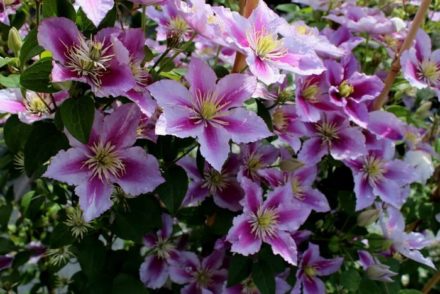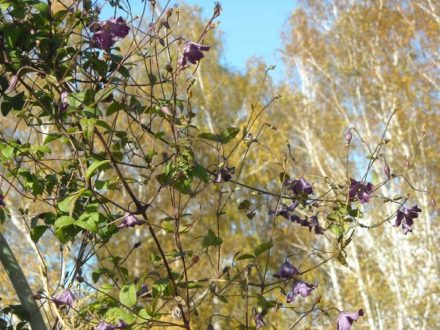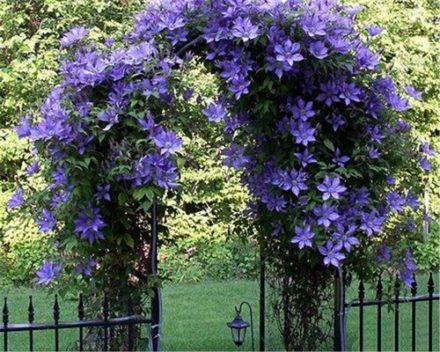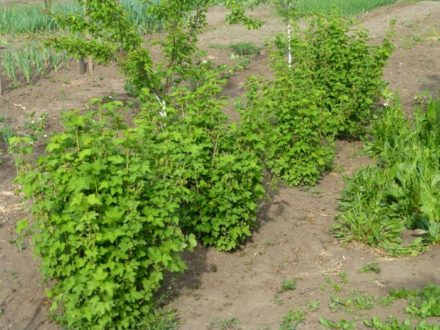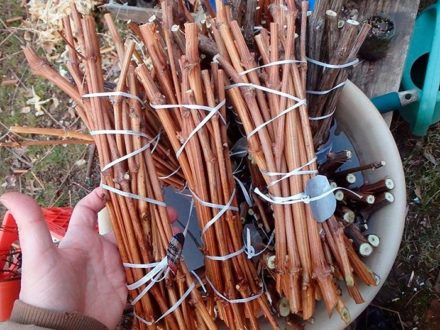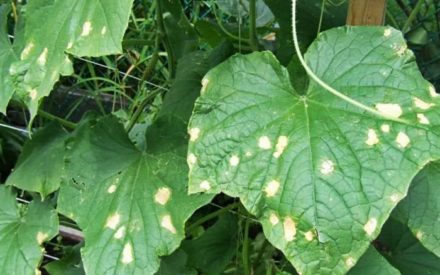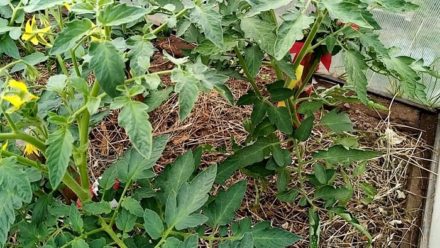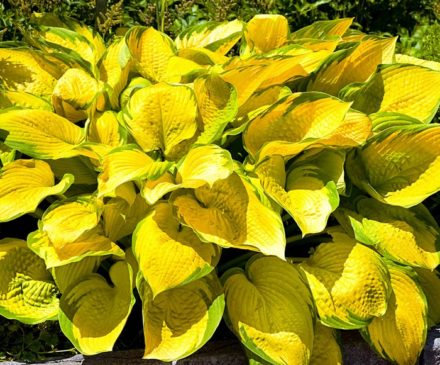Cuttings are a convenient method of propagating clematis, allowing you to get new plants without having to buy planting material. You can root cuttings throughout the year. In summer, planting material is prepared from young green shoots. If you use the tips of flower growers who propagate clematis at a professional level, cuttings will definitely be successful.
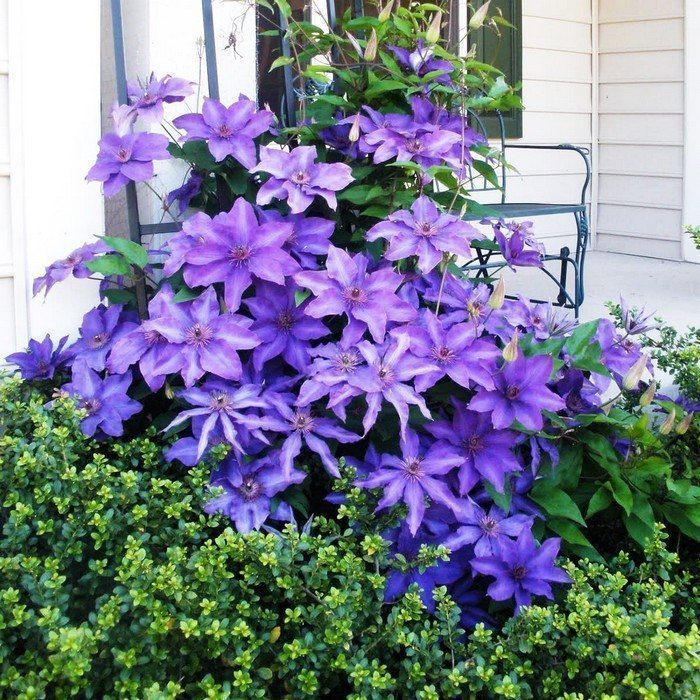
Selection of material for cuttings
First of all, you should choose the right plant that will be used as a queen cell. This must be an adult healthy clematis bush at least 3 years old. Preparation of cuttings begins at the end of spring or in the first half of summer, when buds begin to form on the clematis.
It is convenient to combine cuttings with pruning. The liana is characterized by rapid growth; its stems periodically have to be shortened. The advantages of summer cuttings are that green cuttings take root better than lignified cuttings.
Even if the bush is strong, more than a third of the shoots cannot be cut off from it at the same time. For cuttings, healthy flexible stems a little less than 1 m long are selected. Cuttings are cut immediately. If there is no time for this, the shoots are placed in a bucket of water.
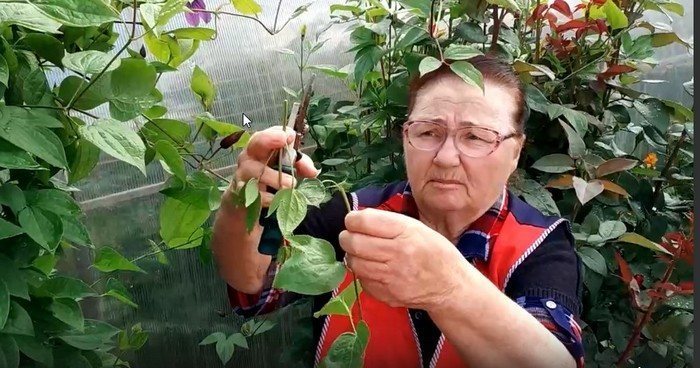
Rules for cutting cuttings
Not all parts of the shoot are suitable for harvesting cuttings. The green top is not suitable for these purposes.After removing the top part, the stem is laid on a flat surface and divided into several parts. Each fragment should contain one internode, two buds and two leaves.
If there are two pairs of leaves on the cutting, the lower ones will need to be removed. The cuttings are prepared with a sharp sterile knife or scissors; the cut should be as smooth as possible; it is made along an oblique line.
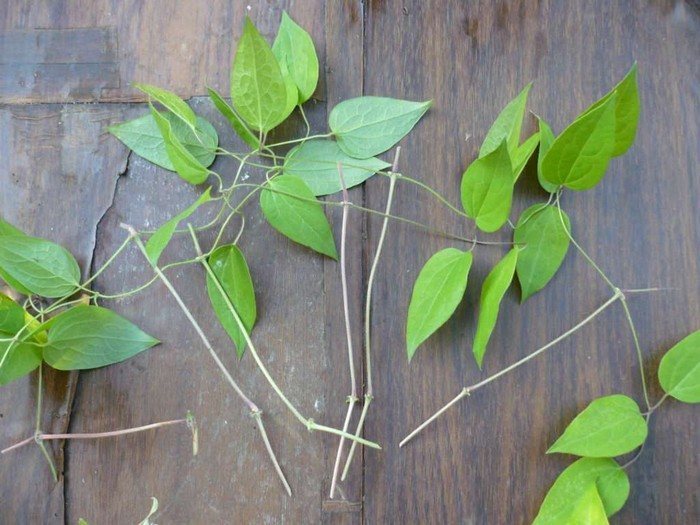
Treatment with stimulants
To ensure that a larger percentage of cuttings take root and the roots grow actively, the workpieces are treated with a root formation stimulator. Among the industrial preparations used:
- "Kornevin";
- "Zircon";
- "Etamon."
Folk remedies such as yeast, honey, cinnamon, aloe juice, apple cider vinegar are also suitable for this purpose. All of the listed substances contain biologically active substances that promote root growth. However, the percentage of rooting of summer cuttings is already quite high, so stimulation is used as desired.
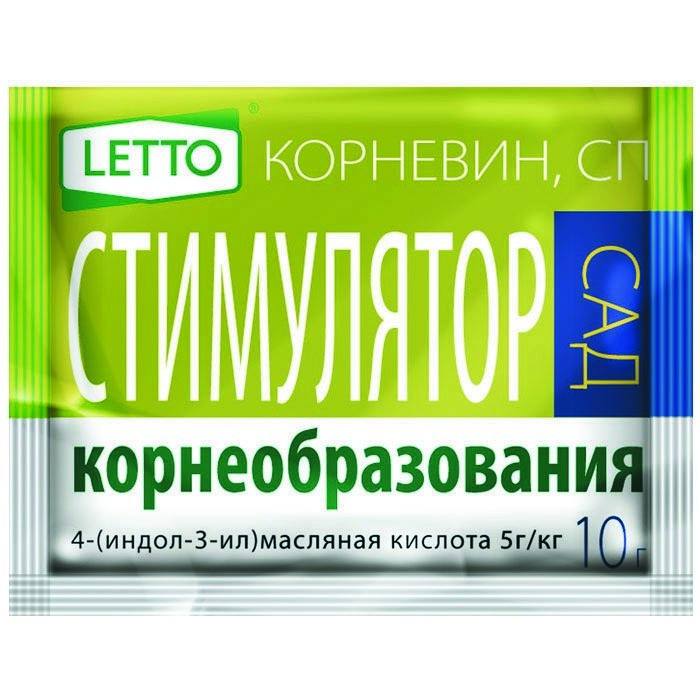
Rooting methods
Any cuttings are rooted in one of two ways. This can be done in a nutrient substrate or in water. It cannot be said that any of the methods is definitely better; you can use any of your choice.
In water
The method of rooting in a liquid medium is usually chosen by beginners. This makes it easier for them to navigate, because the growing roots are clearly visible in the water. Rooting is carried out in a wide-necked jar, taking into account the following:
- Water must be filtered or boiled. It is poured to such a level that the lower bud is covered.
- The leaves are shortened, leaving 1/3 to reduce moisture evaporation.
- The jar with cuttings should be wrapped in thick white paper; clematis should take root in a shaded place.
- The water should be changed every 7-10 days to prevent it from spoiling; an activated carbon tablet is placed in the jar, after crumbling it first.
Roots will appear on the blanks after a month. When the roots reach a length of 4-5 cm, clematis are planted in a nutrient substrate for growing.
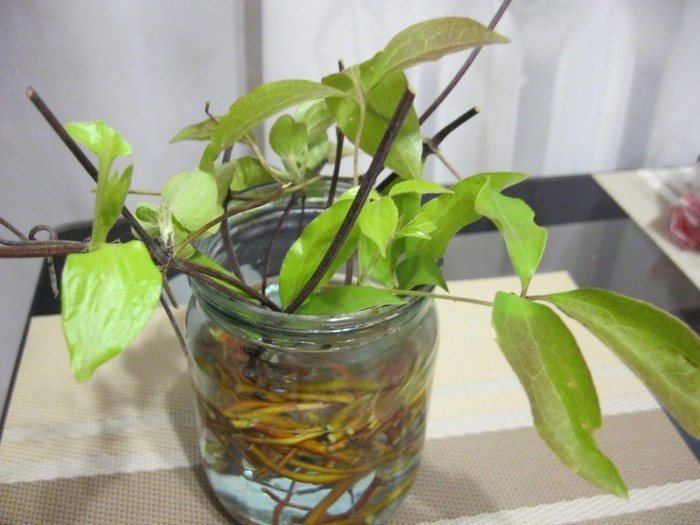
In the substrate
A light and nutritious soil mixture is suitable as a rooting substrate. For planting, it is better to use plastic containers, which you won’t mind cutting when planting the cuttings in a permanent place.
Procedure:
- A drainage layer of expanded clay is laid on the bottom. Containers must have holes to drain excess water.
- The soil mixture is prepared from 2 parts garden soil, 1 part coarse sand and 1 part peat.
- The soil is first steamed in the oven or microwave.
- The cuttings are planted at an angle of 30-40°, deepening them by 2-3 cm. When planting in a common container, an interval of 7-9 cm is left between the stem segments.
- The pots are placed in a warm, well-lit place and a small greenhouse is built above them.
Watering should be regular, but without excessive moisture. The appearance of new leaves will indicate that the cuttings have taken root. When the plants get a little stronger, they are planted in open ground.
Transplantation to a permanent place
Slightly grown clematis are planted in a permanent place in open ground. When choosing a site, pay attention to its illumination, since clematis needs a lot of light.The liana also requires nutritious soil with neutral acidity. Clematis is not planted in places where excess moisture accumulates or groundwater comes close to the surface.
Simultaneously with planting, a vertical support is installed for the plant. To make the transplant less painful, it is carried out by transshipment without destroying the earthen lump. The first week in a new place, it is advisable to cover the seedlings with agrofabric to protect them from bright sun, wind, and possible temperature fluctuations. In summer and early autumn, plants are regularly watered 2 times a week and fed twice a month.
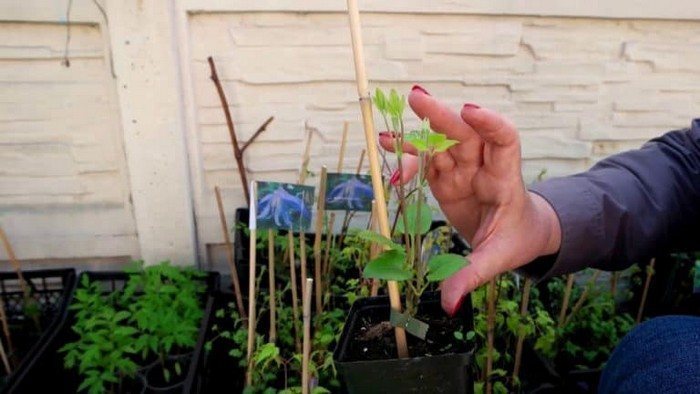
By winter, young bushes are completely rooted and adapted to a new place. Unpretentious varieties of clematis obtained from cuttings bloom the following year. During the first wintering, the liana will need to be protected from the cold by organizing a shelter for it. I like


